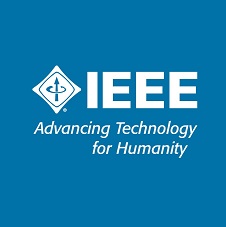Abstract
With the increase in popularity of Internet of Things (IoT), pervasive computing, healthcare services, sensor networks, and mobile devices, a lot of data is being generated at the perception layer. Cloud is the most viable solution for data storage, processing, and management. Cloud also helps in the creation of further services, refined according to the context and requirement. However, being reachable through the Internet, cloud is not efficient enough for latency sensitive multimedia services and other time-sensitive services, like emergency and healthcare. Fog, an extended cloud lying within the proximity of underlying nodes, can mitigate the issues traditional cloud cannot solve being standalone. Fog can provide quick response to the requiring applications. Moreover, it can preprocess and filter data according to the requirements. Trimmed data is then sent to the cloud for further analysis and enhanced service provisioning. However, how much better is it to have a fog in any particular scenario instead of a standalone cloud working without fog is a question right now. In this paper, we provide an answer by analyzing both cloud-only and cloud-fog scenarios in the context of processing delay and power consumption according to increasing number of users, on the basis of varying server load. The simulation is done through Discrete Event System Specification (DEVS). Simulation results demonstrate that by the use of fog networks, users experienced lower waiting times and increased data rates.








